
The Colossus Dendron
Description and taxonomy
The Colossus Dendron was a highly diverse and persistent tree species that belonged to the family of Antiquus Vetu Ingentia, characterized by their immense size and longevity. The tree could live for thousands of years, and its trunk could reach several kilometers in circumference, making it one of the largest and most important organisms on the planet. Its massive structure was supported by a combination of dense, woody tissue and fibrous, spongy tissue that helped the tree withstand the weight of its immense size. Its bark was highly resistant to environmental stresses, such as fire and harsh weather conditions, providing excellent protection for the tree’s inner tissues.

One of the most intriguing aspects of the Colossus Dendron was its highly specialized reproductive system. The tree produced a unique type of fruit that contained human-like creatures that never left the tree and usually cohabited with other human species. These creatures, known as adendroids, were highly adapted to life in the tree’s branches and were thought to play an important role in the tree’s ecosystem.
The Colossus Dendron’s extensive root system was essential for its survival, as it provided stability and access to nutrients and water. The tree’s roots could extend over several kilometers, forming an intricate network that helped support the weight of the massive structure.
Despite its immense size and longevity, the Colossus Dendron is not without its predators. Some species of insects and fungi can attack the tree, causing significant damage to its tissues. However, the tree’s resilience and ability to regenerate damaged tissues quickly make it a highly adaptive and enduring species.
Reproduction
The reproductive system of the Colossus Dendron was a unique and fascinating aspect of this species. The tree produced large, rounded indehiscent fruits that could grow to several meters in diameter and weigh up to several tons. These fruits had a woody outer shell, which was up to 50 centimeters thick and provided protection to the fleshy pulp inside.
The fleshy pulp of the Colossus Dendron’s fruit was beige-colored and had a sweet, pleasant taste. However, as the fruit dried, the pulp hardened into a crumbly powder that could be used for various purposes, including food, medicine, and construction materials. The seeds of the fruit were hard and kidney-shaped, with a thick coat that could reach up to 10 centimeters in thickness.

One of the most interesting aspects of the Colossus Dendron’s reproductive system was the human-like appearance of its fruit. The fruit’s shape and size resembled that of a human being, with distinct features such as arms, legs, and a head. These features were not just visual; the fruit also contained complex internal structures that resembled human organs, such as a heart, lungs, and digestive system.
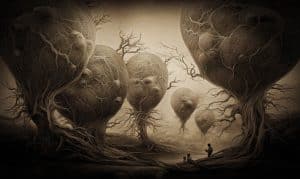 The fruit of the Colossus Dendron was not just a visual spectacle; it also played a crucial role in the tree’s reproductive system. The fruit contained both male and female reproductive organs, allowing it to self-pollinate and produce offspring without the need for external intervention. However, the fruit could also be pollinated by external sources, including insects, birds, and other animals that inhabited the tree.
The fruit of the Colossus Dendron was not just a visual spectacle; it also played a crucial role in the tree’s reproductive system. The fruit contained both male and female reproductive organs, allowing it to self-pollinate and produce offspring without the need for external intervention. However, the fruit could also be pollinated by external sources, including insects, birds, and other animals that inhabited the tree.
The seeds of the fruit of the Colossus dendron had a long-term dormancy period, which could last for several years. This dormancy allowed the seed to survive adverse environmental conditions and wait for the ideal conditions for germination. Once the seed coat was cracked or thinned by fire or passing through an animal’s digestive tract, the seed could germinate and grow into a new tree.
Overall, the reproductive system of the Colossus Dendron was an incredible feat of nature, combining complex structures, unique visual features, and sophisticated mechanisms that allowed the tree to reproduce and endure for millennia.

Impact
The Colossus dendron was a central part of the local culture for centuries. Its massive size, unique appearance, and diverse uses had made it an object of reverence, inspiration, and awe among the local communities. The tree’s influence on the local culture can be seen in the many visual representations of the tree that had been created throughout history.
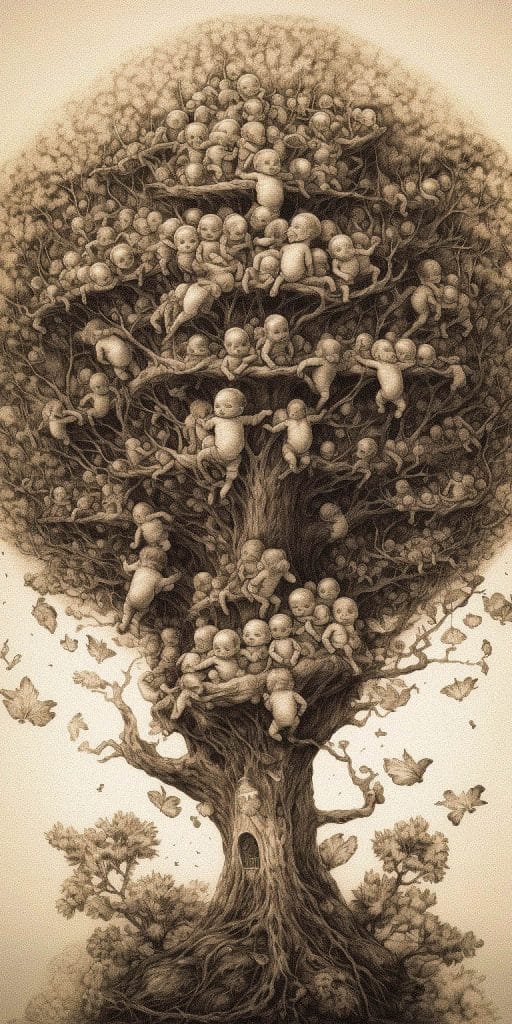
From primitive times, the local native species have depicted the Colossus Dendron in various forms of art, ranging from rock paintings and carvings to intricate tapestries and sculptures. These depictions show the tree in various stages of its life cycle, from the seed to the towering adult tree, and highlighted the tree’s importance to the local culture.
The tree’s influence extended far beyond art. The Colossus Dendron was used for various purposes, including food, medicine, shelter, and spiritual practices. The tree’s massive size and durable wood made it an ideal space for building structures such as homes, bridges, temples and entires cities in the case of the larger sub-species. The tree’s sweet-tasting fruit was a popular food item among the local communities, and its medicinal properties was utilised for treating various ailments.
 The Colossus Dendron’s importance to the local culture was also reflected in the many myths, legends, and spiritual beliefs associated with the tree. Some local native species believed that the tree was inhabited by powerful spirits or deities that could grant wishes and protect the community from harm. Others believed that the tree was a symbol of resilience, endurance, and strength, reflecting the values of their people. Its massive size, unique appearance, and diverse uses have made it an object of fascination and admiration for centuries, and its influence can be seen in the many visual representations of the tree created throughout history.
The Colossus Dendron’s importance to the local culture was also reflected in the many myths, legends, and spiritual beliefs associated with the tree. Some local native species believed that the tree was inhabited by powerful spirits or deities that could grant wishes and protect the community from harm. Others believed that the tree was a symbol of resilience, endurance, and strength, reflecting the values of their people. Its massive size, unique appearance, and diverse uses have made it an object of fascination and admiration for centuries, and its influence can be seen in the many visual representations of the tree created throughout history.

The adendroids
The adendroids were a unique and fascinating component of the Colossus Dendron’s reproductive system. The adendroids, which developed inside its fruits, are a fascinating example of convergent evolution with humans. These humanoid fruits developed inside the massive, rounded indehiscent fruits that the tree produced after several hundred years of growth. These giant fruits grew to be several meters tall and had a fleshy, beige-colored pulp that was surrounded by a thick, woody outer shell. The shell could reach up to 50 centimeters in thickness and provided protection to the adendroids as they matured.
As the adendroids developed, they took on a distinctly human-like appearance, with arms, legs, and facial features that resembled those of humans. They had a highly developed nervous system and exhibited advanced cognitive abilities, including reasoning and problem-solving skills. However, they did not possess the ability to move independently and remained anchored within the Colossus Dendron fruits for their entire lives.

The adendroids played a significant role in the local culture, inspiring a rich tradition of art and mythology. Local native species created countless representations of the adendroids in various art forms, including paintings, sculptures, and textiles. The adendroids were also featured in many myths and legends, with some cultures even believing that they possessed mystical powers.
The adendroids’ unique development within the Colossus Dendron fruits also led to a symbiotic relationship between the adendroids and the local communities living within the tree’s roots and branches. The adendroids provided a source of intellectual stimulation and companionship for the local residents, while the residents provided the adendroids with protection and care.
The adendroids are a remarkable example of convergent evolution, exhibiting advanced cognitive abilities and a distinctly human-like appearance. Their development within the Colossus Dendron fruits led to a rich tradition of art and mythology and a unique symbiotic relationship with the local communities living within the tree. The adendroids represent a fascinating example of the intricate and interconnected nature of the natural world.
Extintion
The extinction of the Colossus Dendron and its adendroids is believed to be a result of the negative impact of human activity on its ecosystem. Historians and scientists have suggested that the massive evolution and multiplication of humans led to significant changes in the local environment and ecological systems, which eventually led to the decline and ultimate extinction of this unique species. Human activities such as deforestation, habitat destruction, and hunting may have directly or indirectly contributed to the decline of the Colossus Dendron and its dendroids, disrupting the delicate balance of the ecosystem and leading to their eventual extinction.
Illustrations
Despite the extinction of the Colossus Dendron and its dendroids, their legacy continues to live on through the countless illustrations and other artworks left behind by ancient civilizations. These depictions offer a glimpse into the once-thriving ecosystem and provide invaluable insight into the unique characteristics and behaviors of the Colossus Dendron and its dendroids. The artworks are revered by many as priceless treasures, serving as a reminder of the intricate and interconnected nature of the natural world and the importance of preserving it for future generations. As the only remaining testament to this remarkable tree species and its dendroids, these illustrations are cherished and studied by scientists and enthusiasts alike, offering a glimpse into a world that is now lost forever.


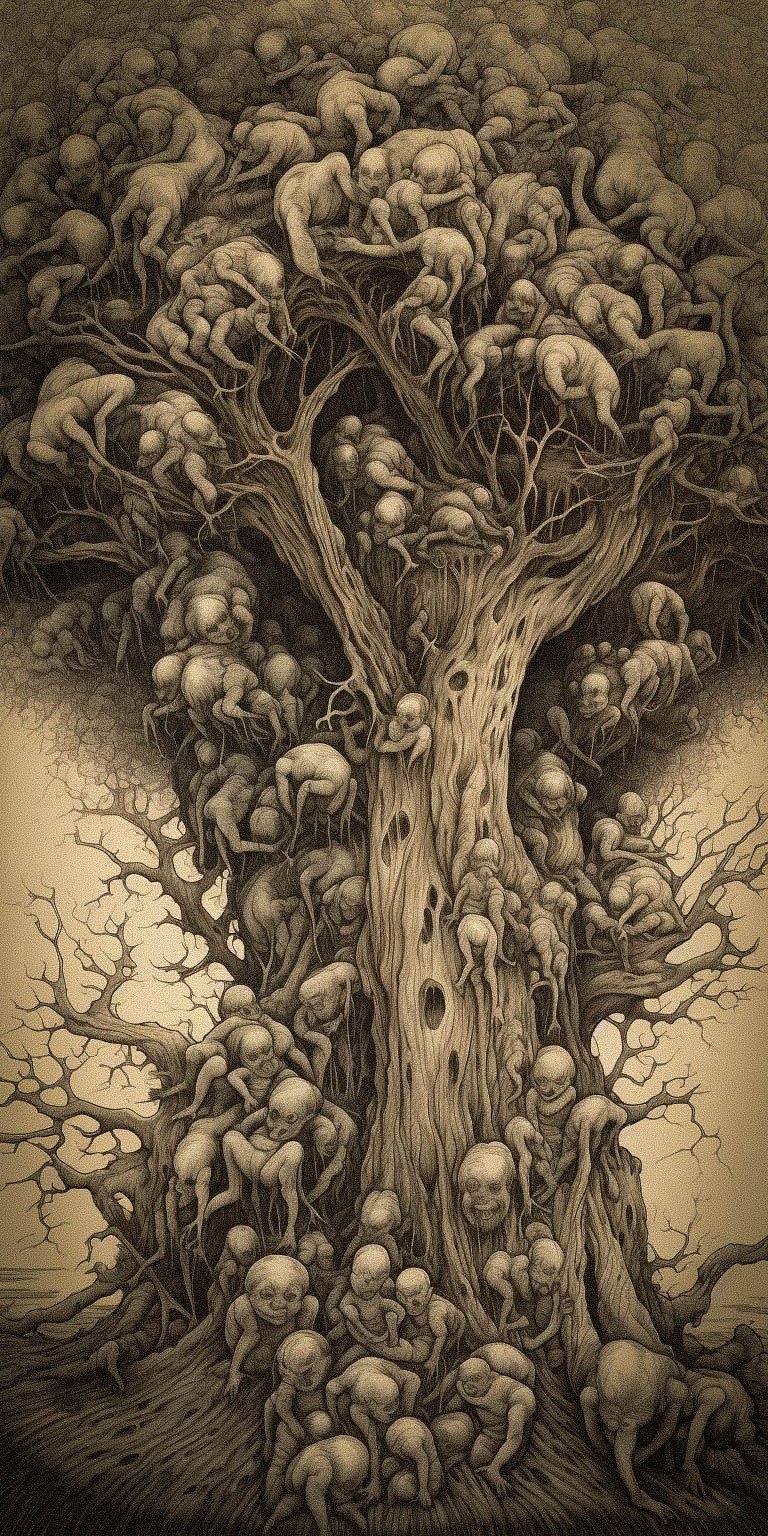




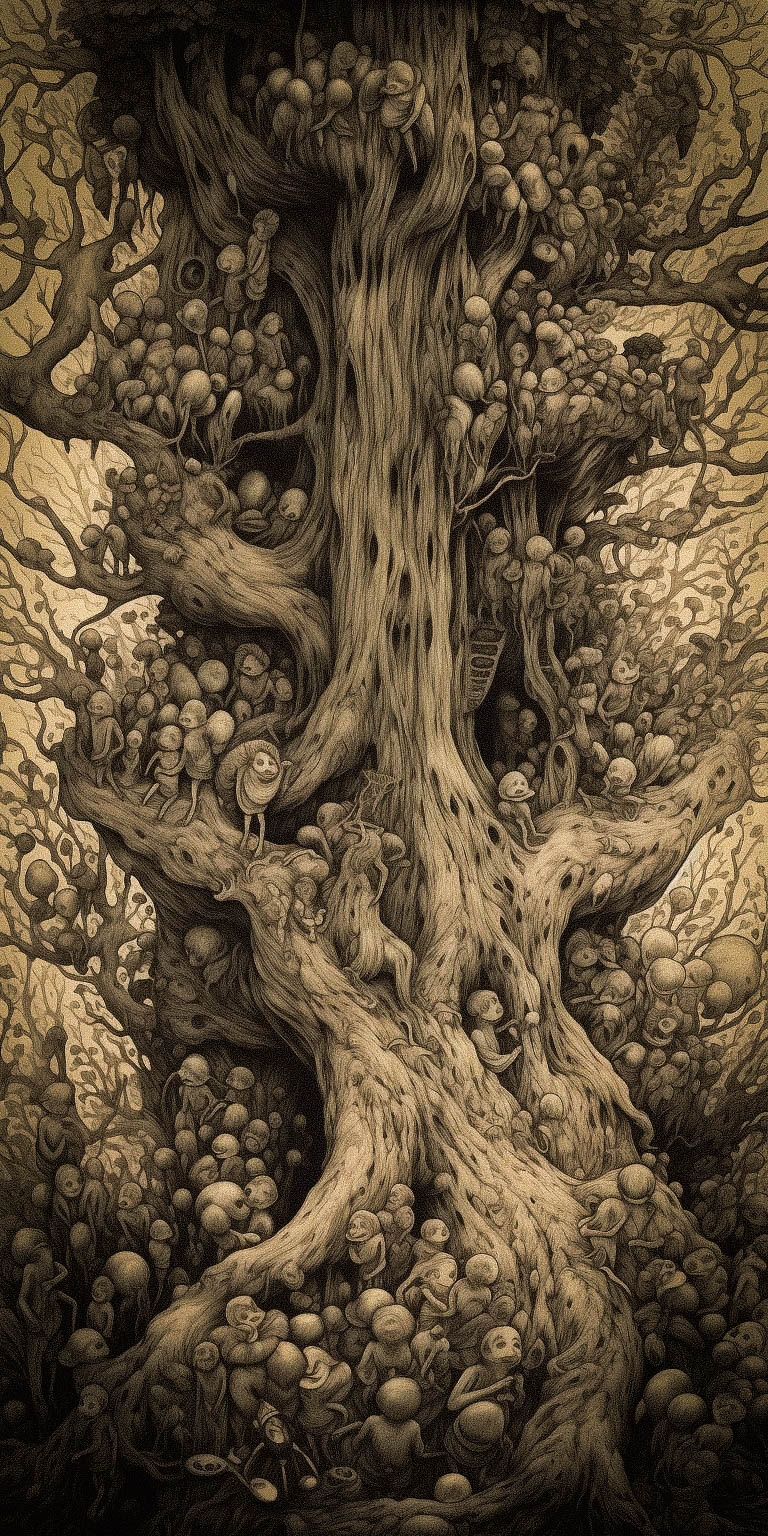


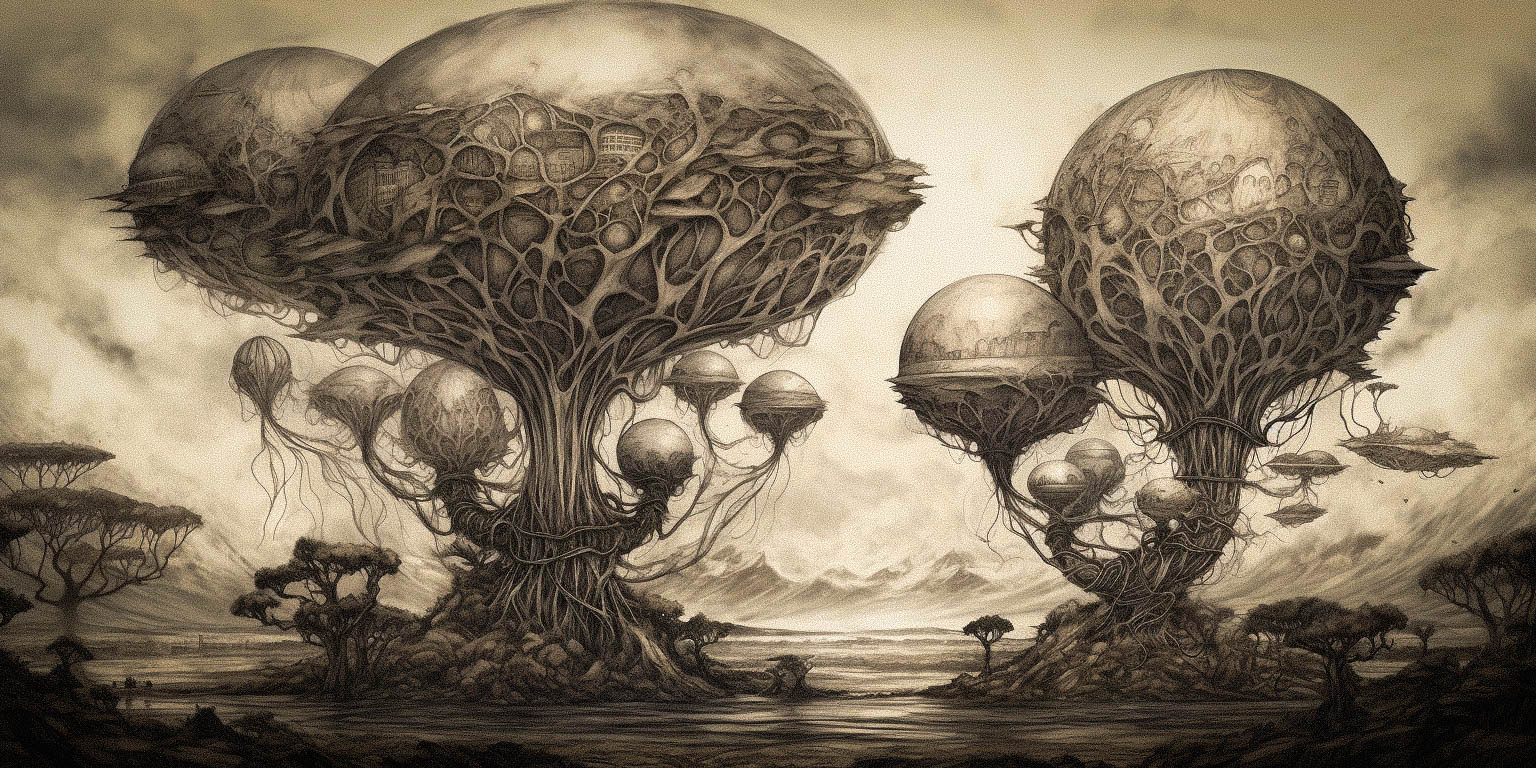
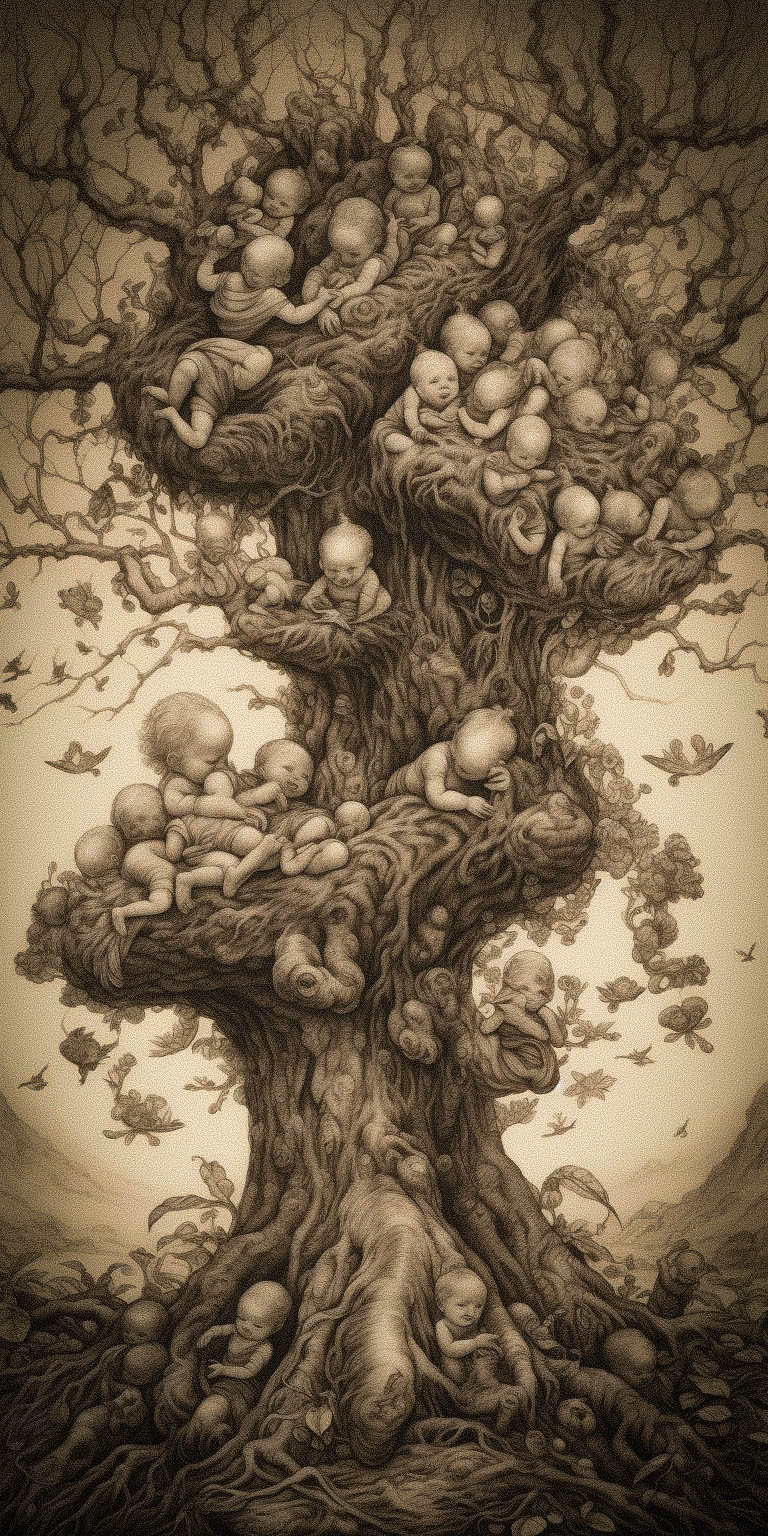
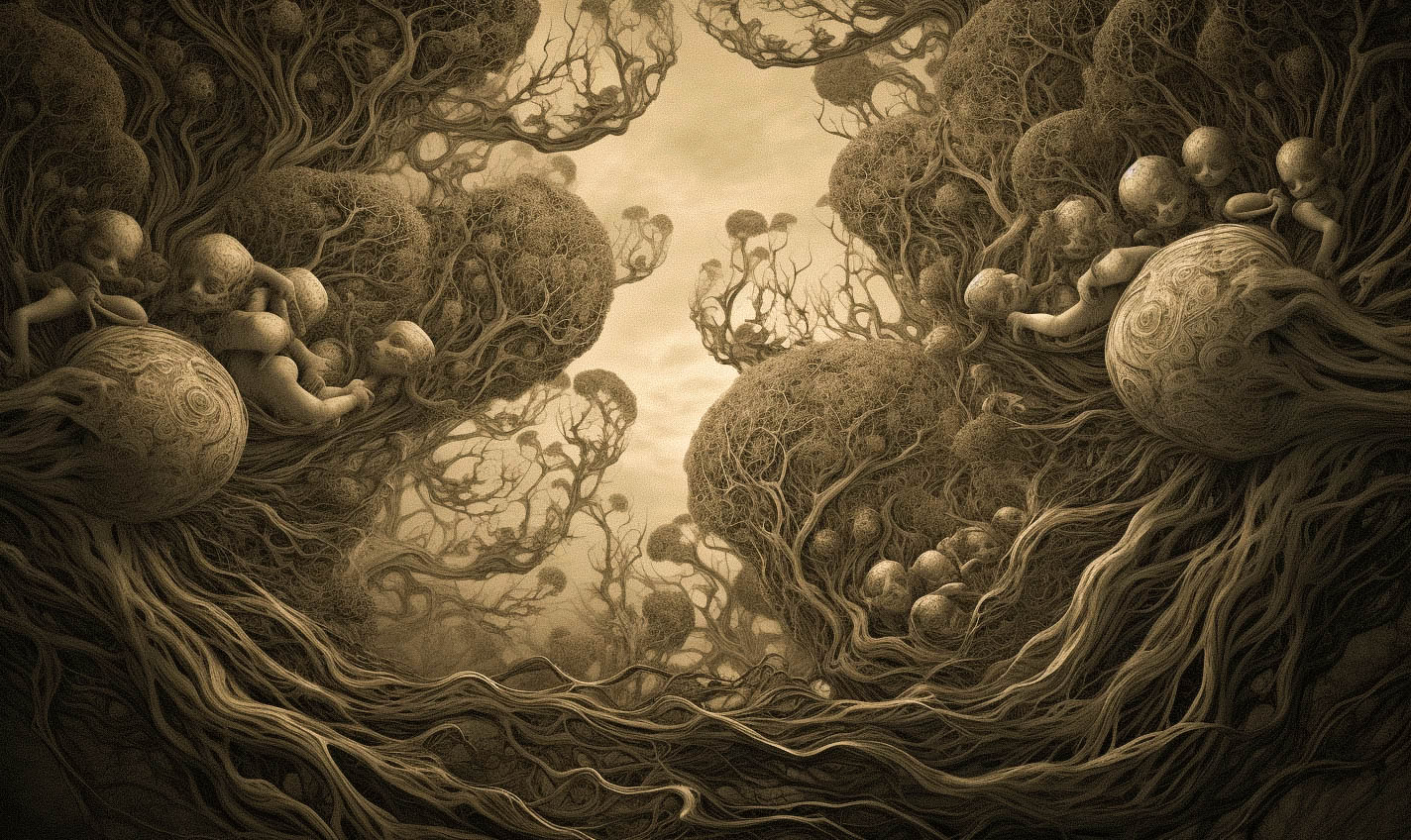



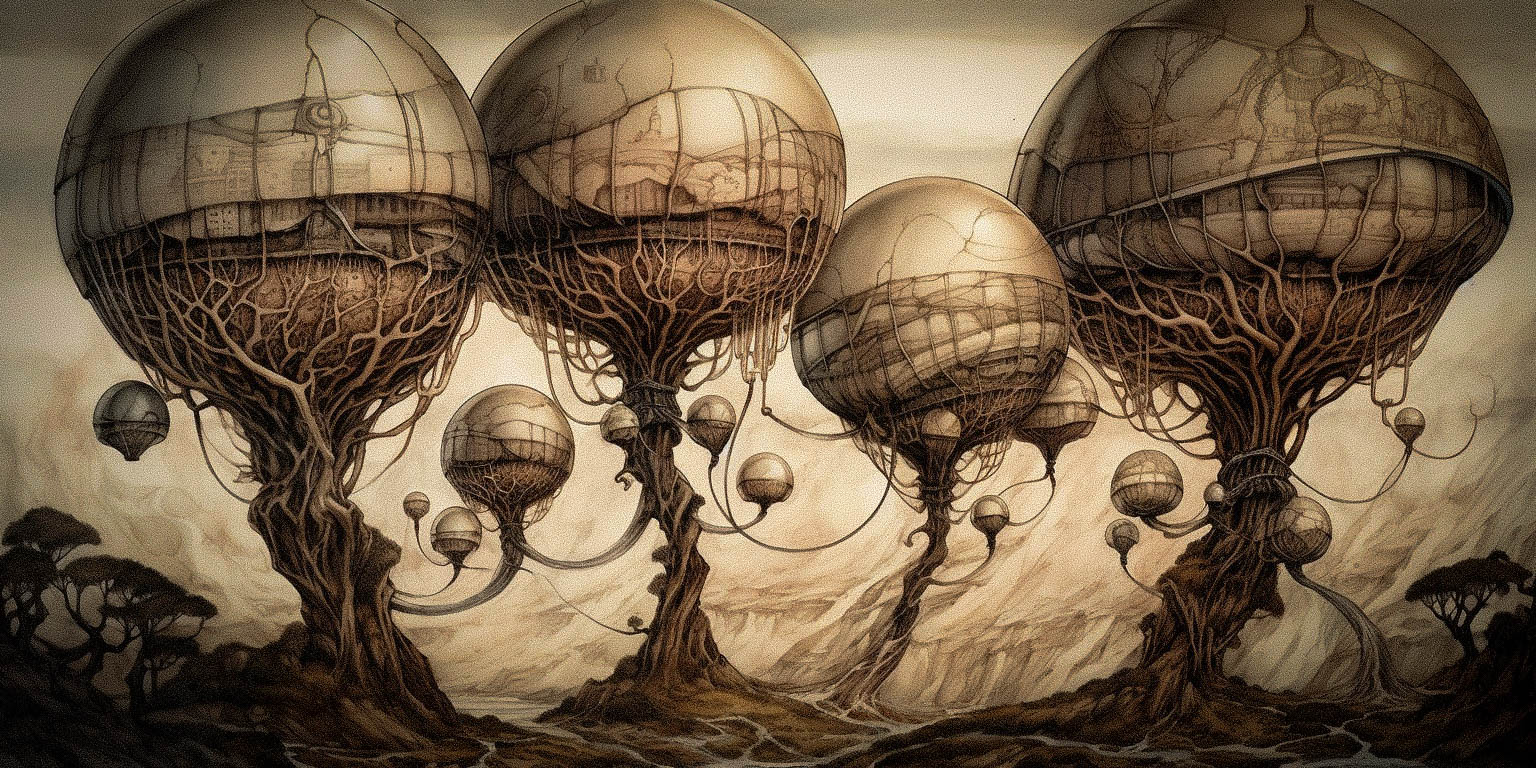
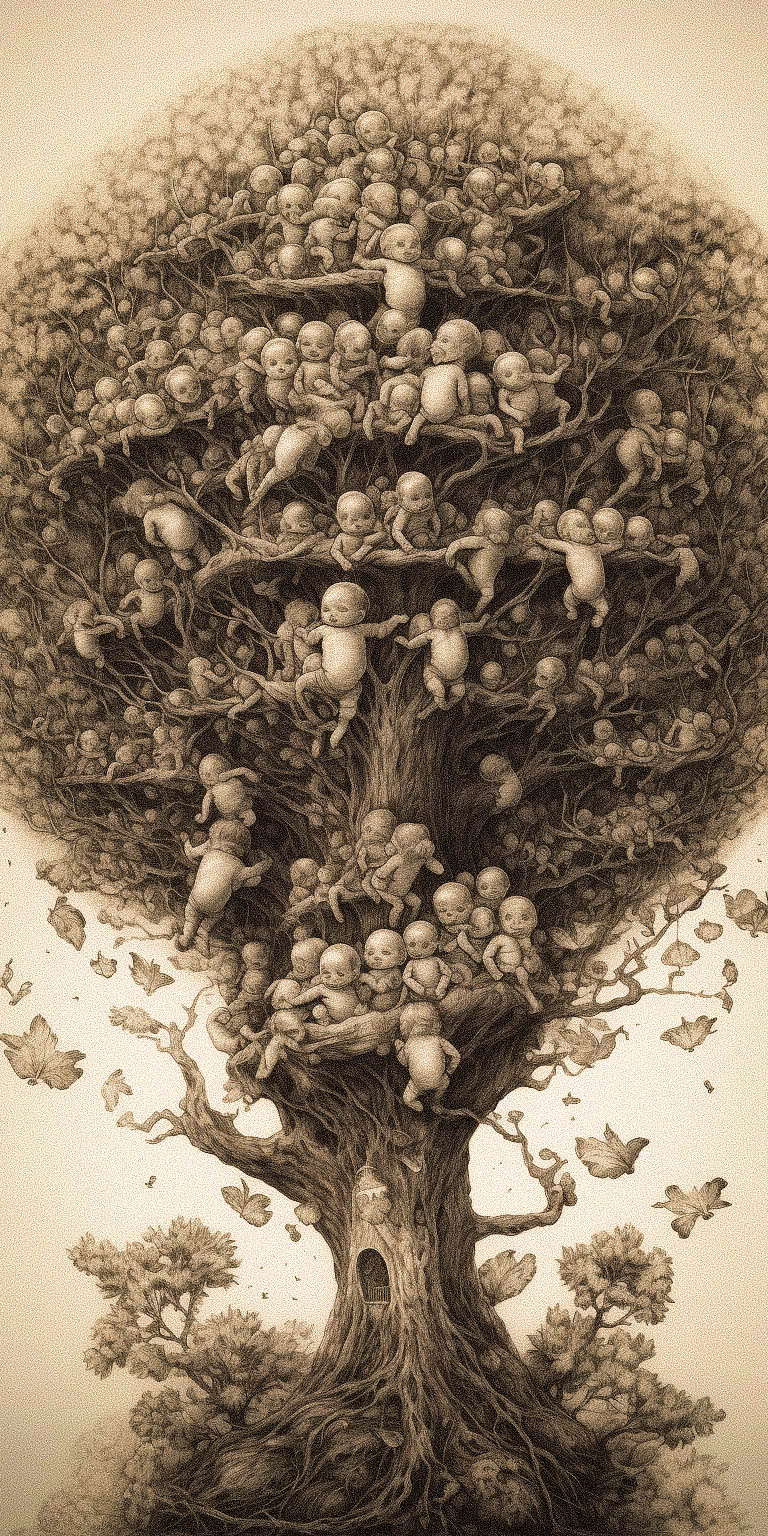
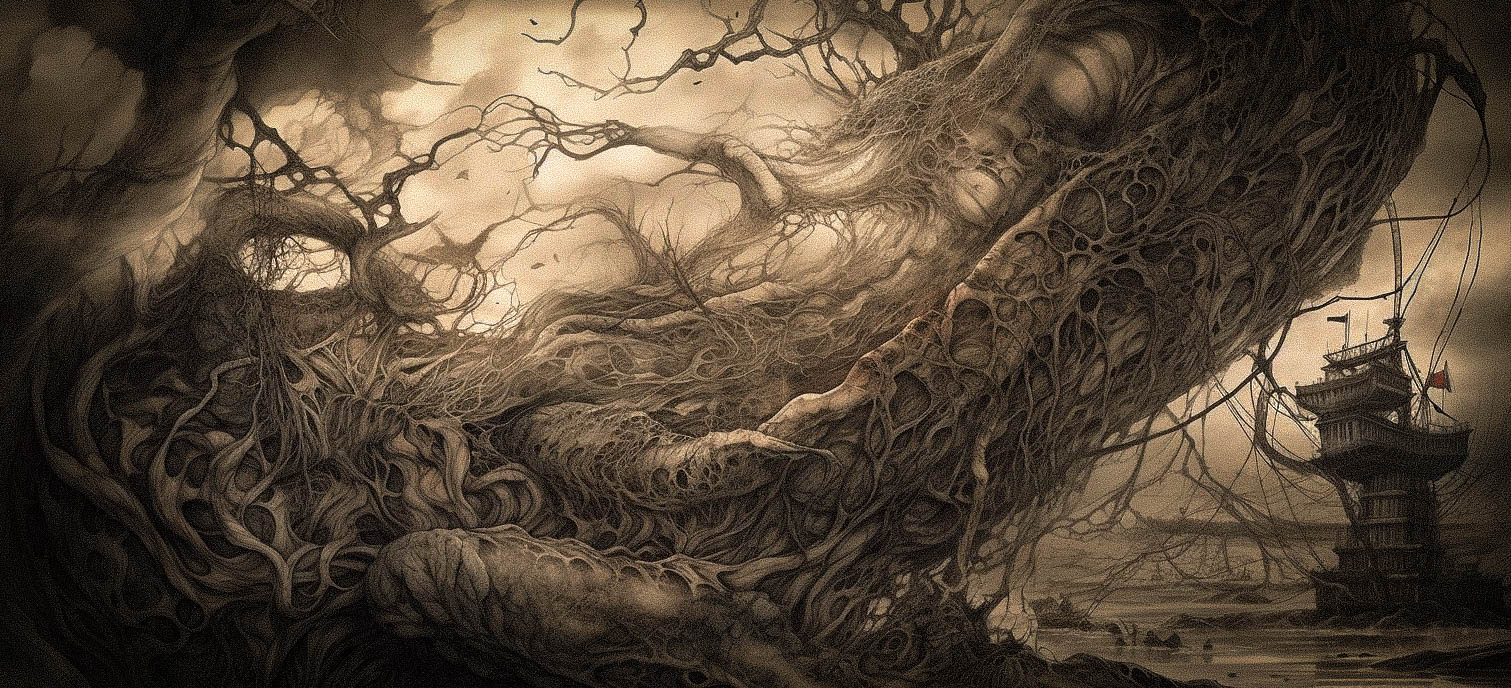
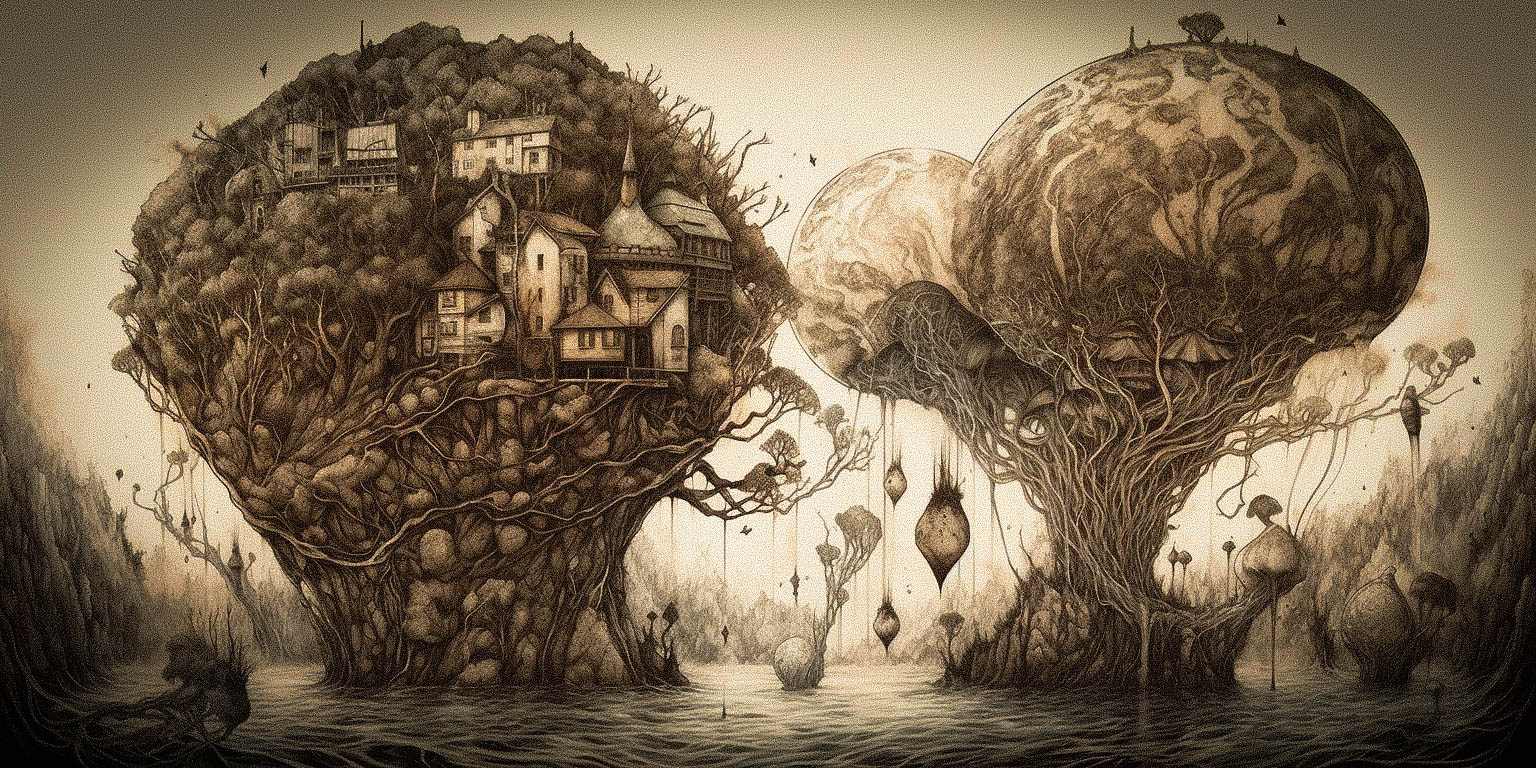



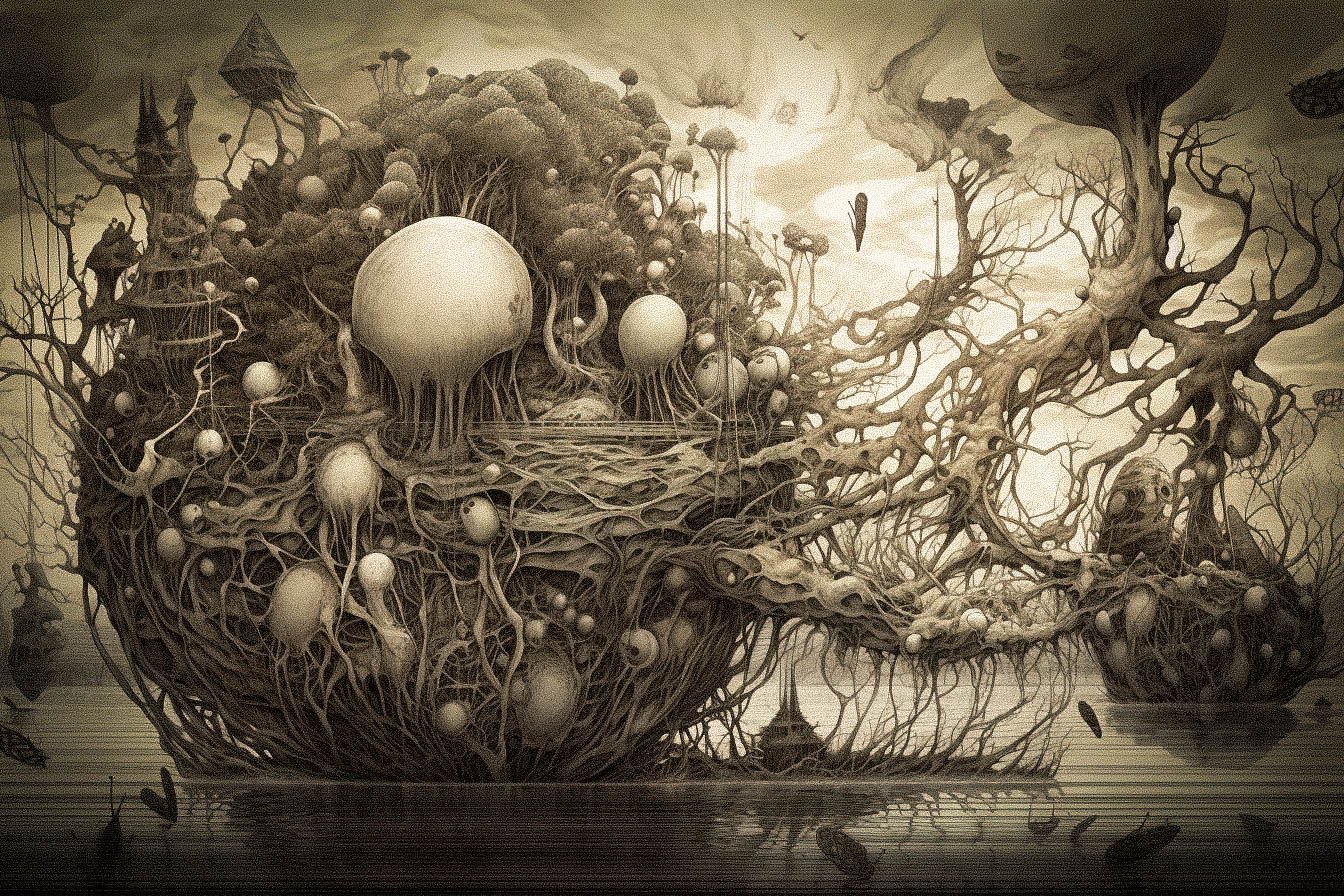

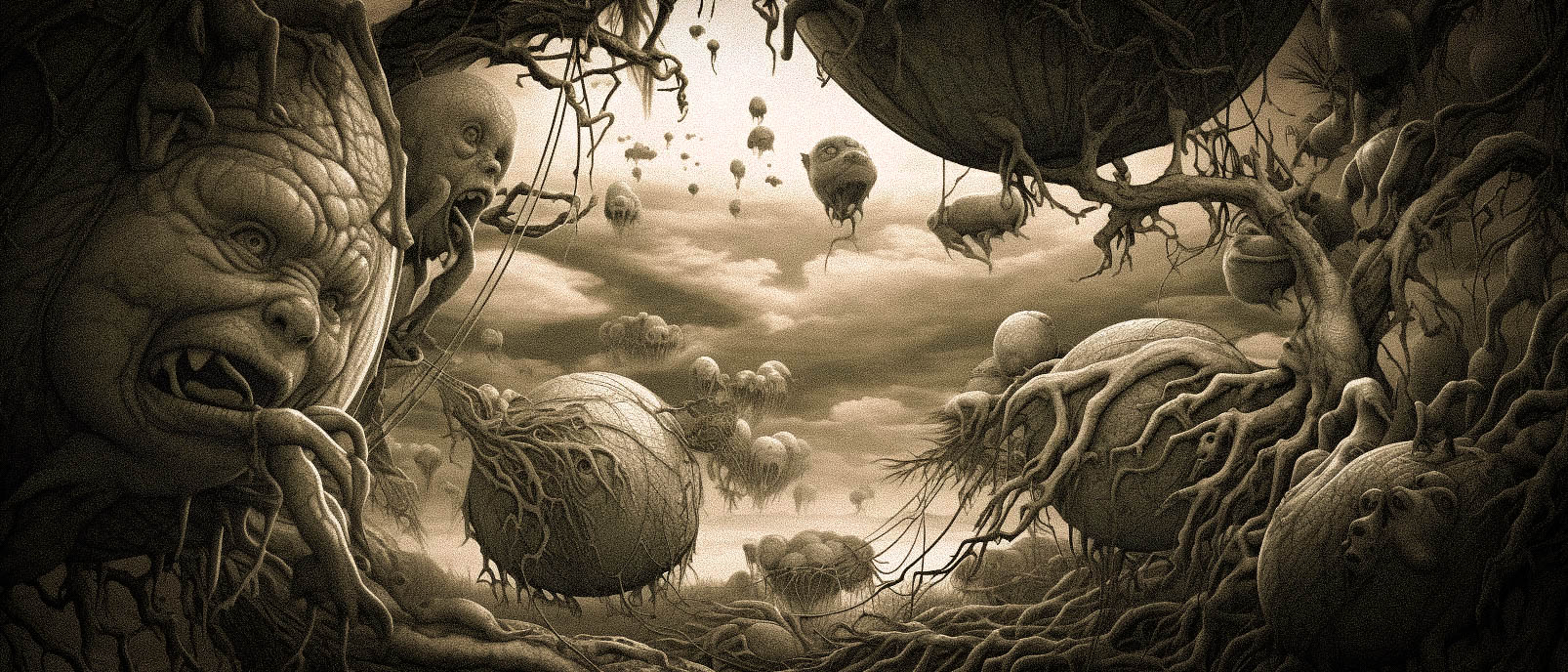

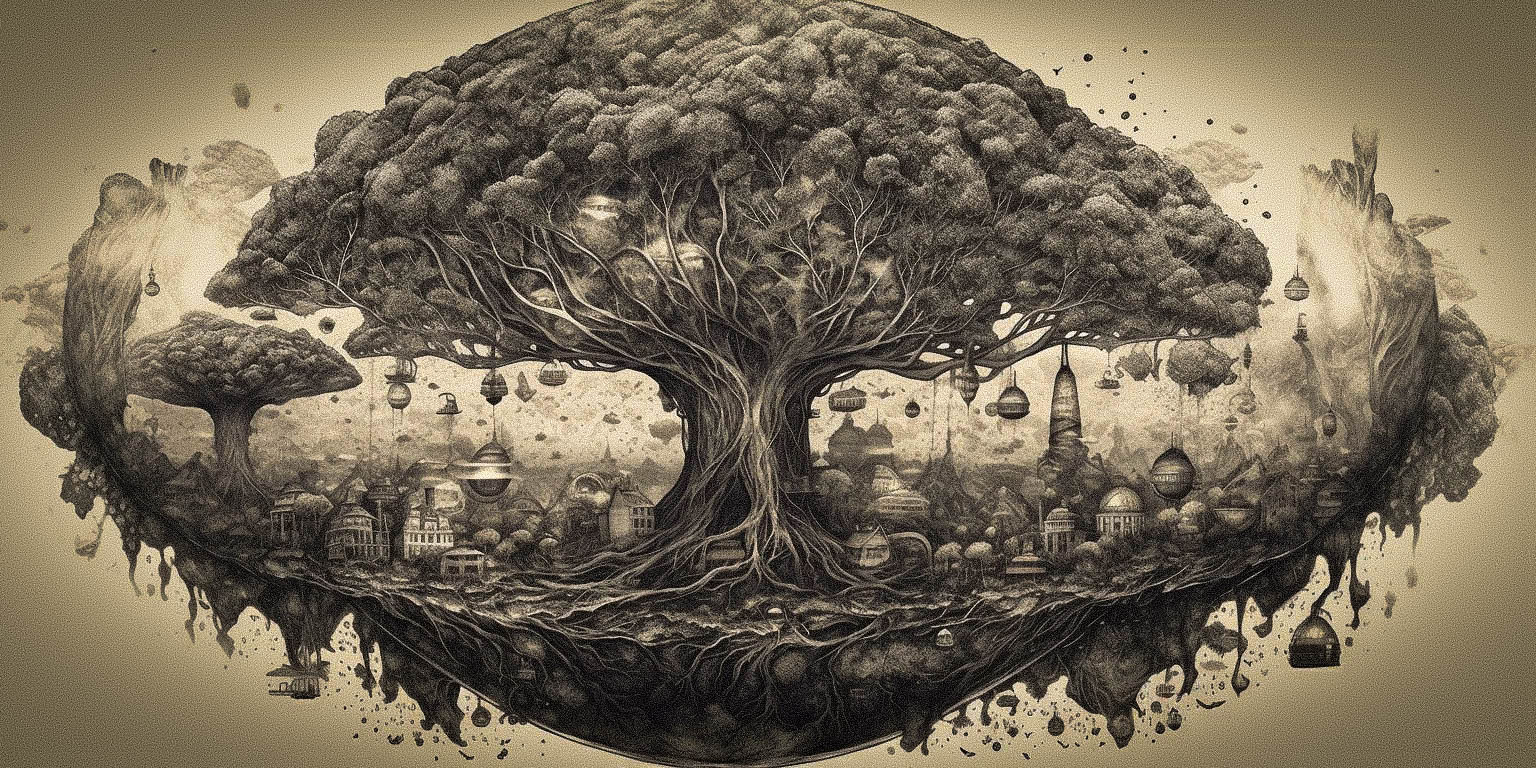


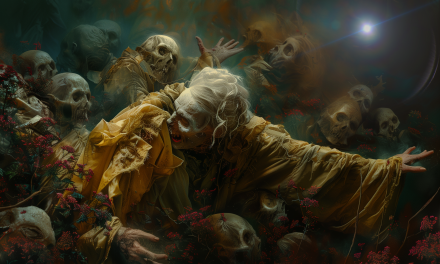



Comments